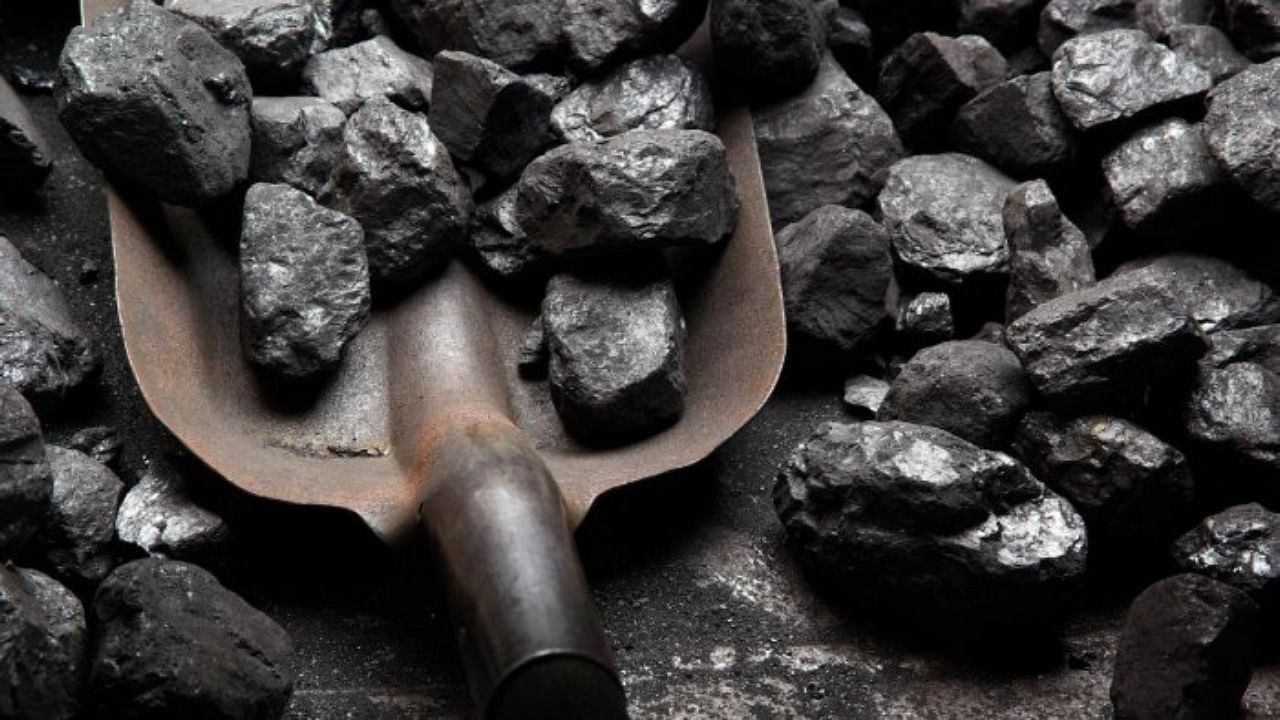
Indian utilities are scrambling to secure coal supplies as inventories hit critically low levels.
Here is a brief summary of the factors that have led to the country's coal shortage.
What are the current stock levels?
As at September 29, 16 of India's 135 coal-fired power plants had zero coal stocks, according to the Central Electricity Authority (CEA). Over half of the plants had stocks that would last fewer than three days, while over 80% had less than a week's stock left.
Coal accounts for over 70% of India's electricity output, and utilities account for about 75% of India's coal consumption.
What caused the coal shortage?
India's industrial power demand has surged after the second coronavirus pandemic wave. On top of that, a widening price gap between lower domestic prices and record global coal prices has led buyers to shun imports.
State-run Coal India, which produces over 80% of India's coal, on Wednesday said an increase in global coal prices and freight costs had led to a curtailment in power production by plants using imported coal, adding to the pressure on utilities using domestically mined coal to ramp up output.
Why are the prices between global and domestic coal widening?
Domestic coal prices in India are largely decided by Coal India. An increase in coal prices generally has a knock on effect on power prices and inflation, making a hike a politically sensitive decision.
Coal India has kept prices steady over the last year despite global coal prices rising steeply in the same period. While the company's chairman has said the miner will increase prices, it is not immediately clear when it will happen.
Meanwhile, Asia's coal price benchmarks have hit record highs in the recent times, buoyed by global demand for power generation fuels as economies open up. A major power crisis in China is the latest event driving global demand for the fuel.
Why are utilities unable to pass on higher costs?
India's power tariffs, set by the respective states, are among the lowest in the world, according to the website globalpetrolprices.com, as state-run distribution companies have absorbed higher input costs to keep tariffs steady.
This has left many of these companies deeply indebted, with cumulative liabilities running into billions of dollars.
The companies' strained balance sheets have consistently triggered delayed payments to power producers, often affecting cash flows and disincentivising further investment in the electricity generation sector.
Indian power producers locked in long-term agreements with distribution utilities often cannot pass on higher input costs unless clauses are included in their contracts.
What does India's crisis mean for global coal markets?
India is the second largest importer, consumer and producer of coal, and has the world's fourth largest reserves. It mainly imports from Indonesia, Australia and South Africa.
CRISIL, a unit of ratings agency S&P, said it expects Australian and Indonesian thermal coal prices to increase over the remainder of this fiscal year, due to supply constraints and high demand from China and elsewhere.
Who are the winners and losers?
Shares of Indian power producers NTPC Ltd, Tata Power and Torrent Power, and Coal India have been rising strongly in recent weeks, spurred by rising power demand.
An official at a large utility operator said many traders who bought coal at the domestic spot auctions sold the fuel at steep premiums.
Many non-power consumers of coal, and import-based power plants have curtailed production due to high foreign prices.
While large scale outages like those in China seem unlikely in the immediate future, some pockets of the country might face power outages, officials say.
Check out the latest DH videos: